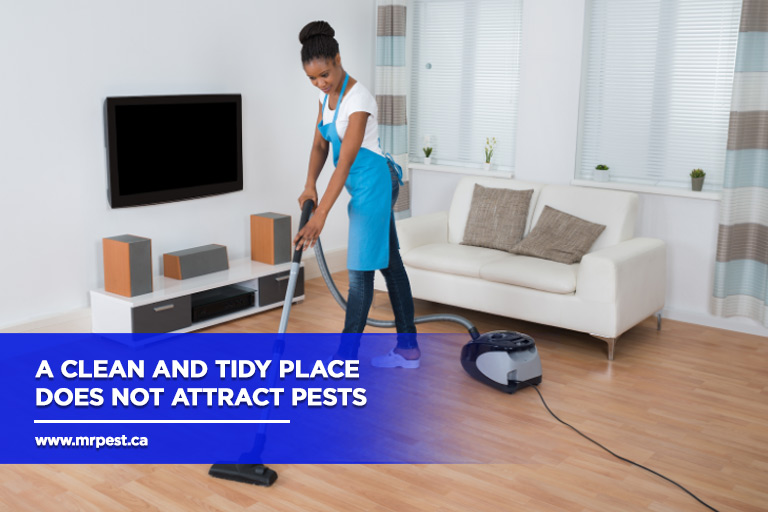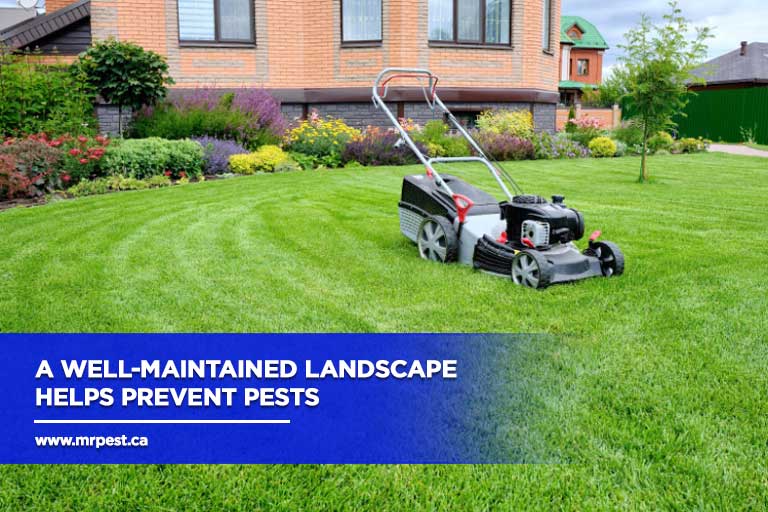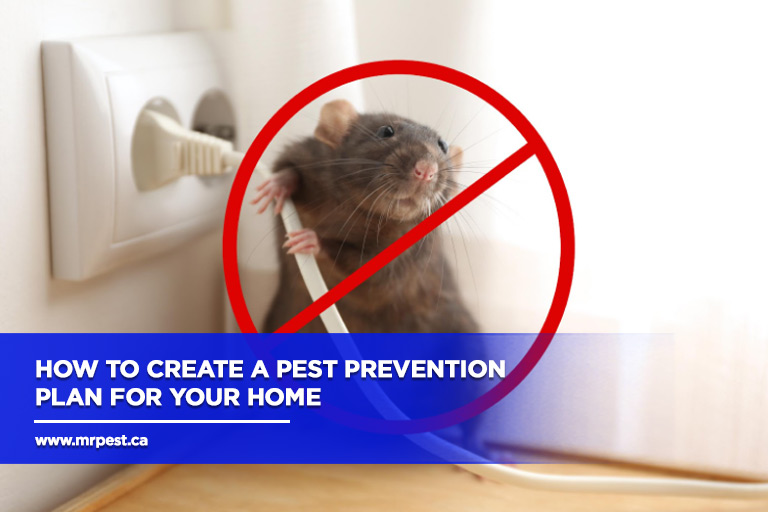When it comes to maintaining a clean and safe home, preventing pests is a crucial step that often goes overlooked. By setting up a reliable pest prevention plan, you can minimize the chances of an infestation and protect your home from unwanted critters. Here’s a straightforward guide to building a pest prevention plan that will keep your home secure and pest-free.
1. Start with an Inspection
Examine areas in and around your home where pests are likely to enter, hide, or find food and water. Whether you’re in need of pest control in Alliston or elsewhere, look out for small openings around doors, windows, and pipes, as even tiny cracks can serve as entry points for pests.
Inspect dark and damp areas like basements, attics, and under-sink cabinets, where pests such as rodents, ants, and cockroaches tend to hide. Make a checklist of areas to monitor regularly for any new signs of activity.
2. Seal All Possible Entry Points
Use caulk or weather stripping to close gaps around windows and doors. If there are cracks in the foundation, roof, or walls, repair them with durable materials like cement or steel mesh, which can prevent rodents and insects from squeezing through. Pay special attention to gaps around plumbing and utility lines, as pests often enter homes through these hidden spots.
3. Keep Your Home Clean and Tidy

Make a routine of cleaning up crumbs, wiping surfaces, and keeping food stored in sealed containers. Be mindful of pet food and water bowls, as these can attract pests if left out for extended periods.
Additionally, decluttering areas like closets, basements, and garages can help eliminate hiding spots for pests such as spiders and rodents. Taking out the garbage regularly, especially from kitchens and bathrooms, is another critical step to reduce potential sources of food for pests.
4. Manage Indoor and Outdoor Waste Properly
Ensure that indoor garbage bins have tightly fitting lids, and take out the trash regularly. Compost bins and outdoor garbage cans should also be securely closed to prevent rodents and raccoons from rummaging through them. Regularly cleaning these bins with disinfectant will also help eliminate lingering odours that could attract pests.
5. Focus on Moisture Control
Fix leaky faucets, unclog drains, and use a dehumidifier in damp areas like basements. Check for pooling water outside as well, especially near gutters, downspouts, and garden beds, which can attract mosquitoes and other pests. By keeping your home dry, you reduce the conditions that attract moisture-loving pests.
6. Maintain Your Landscape

Trim bushes and trees that are close to your home, as overhanging branches can provide a bridge for pests to enter. Clear away leaf litter, mulch, and debris that can become nesting sites for insects and rodents.
If you have firewood, store it at least 6 meters away from your house and keep it elevated, as piles of wood can attract termites and rodents. Maintaining your outdoor area can act as a natural barrier against pests before they reach your home.
7. Install Pest-Repelling Barriers
Screens on windows and doors are effective in keeping insects out while allowing fresh air to flow inside. If you have a fireplace, use a chimney cap to prevent birds, bats, and other animals from entering.
Installing mesh screens over vents and exhaust fans can also help block pest entry. These barriers make it harder for pests to infiltrate your home, providing you with added protection.
8. Use Natural Deterrents for Added Protection
Spraying a solution of water mixed with a few drops of peppermint oil around doors, windows, and other entry points can help keep these pests at bay. Similarly, vinegar can act as a natural deterrent for ants, and dried bay leaves can repel cockroaches.
9. Monitor and Adjust Your Plan Regularly
Pest prevention isn’t a one-time task; it requires regular monitoring and adjustments. According to a study, an integrated pest management (IPM) plan, consisting of five components, effectively manages urban insect pests by utilizing preventative tools, chemical control, biological control, and exclusion (Gordon et al., 2020).
By incorporating these principles, you can strengthen your prevention plan, ensuring it covers multiple methods for long-term pest control.
Periodically inspect the areas you identified in your initial assessment for any signs of new pest activity. Consider seasonal changes as well, since certain pests become more active during specific times of the year.
For example, ants are common in warmer months, while rodents often seek indoor shelter during winter. Adjust your plan accordingly to stay ahead of potential infestations.
Stay Consistent for Long-Term Success
Creating and following a pest prevention plan requires consistent effort, but it pays off by keeping your home protected and pest-free. Remember that a proactive approach is always better than dealing with an infestation.
If you find yourself needing pest control in Midland, don’t hesitate to reach out to Mr. Pest Control at (705) 739-7378. Our expert team is ready to help ensure your home remains safe and comfortable, free from unwanted pests.



